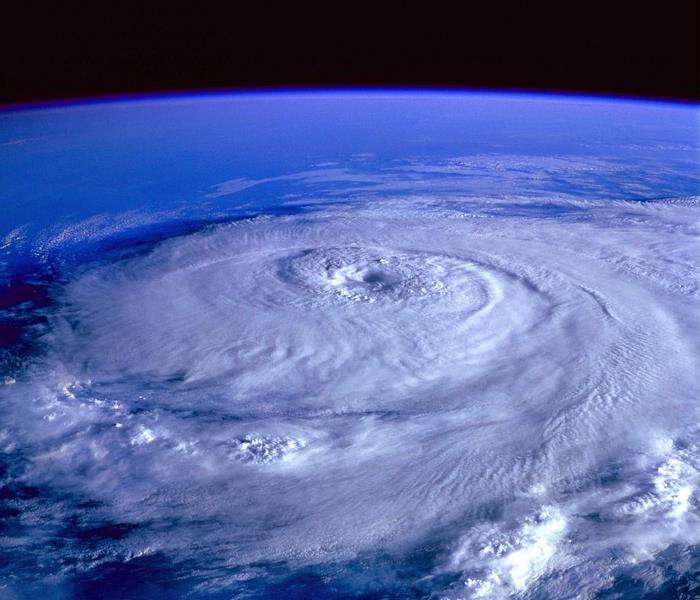CSU researchers predicting active 2022 Atlantic hurricane season
5/12/2022 (Permalink)
 If we have a hurricane in this area and you suffer water damage or need your roof tarped, call us at 904.729.2401. We’ll get there fast!
If we have a hurricane in this area and you suffer water damage or need your roof tarped, call us at 904.729.2401. We’ll get there fast!
Colorado State University hurricane researchers, known for their accurate forecasts, are predicting an active Atlantic hurricane season in 2022, citing the likely absence of El Niño as a primary factor. Tropical Atlantic sea surface temperatures are near their long-term averages, while Caribbean and subtropical Atlantic sea surface temperatures are warmer than their long-term averages. The warmer Caribbean and eastern part of the subtropical Atlantic also favor an active 2022 Atlantic hurricane season.
The tropical Pacific currently has weak La Niña conditions, that is, water temperatures are somewhat cooler than normal in the eastern and central tropical Pacific. While La Niña may weaken and transition to neutral conditions by this summer, the CSU researchers do not currently anticipate El Niño for the peak of the Atlantic hurricane season. El Niño tends to increase upper-level westerly winds across the Caribbean into the tropical Atlantic, tearing apart hurricanes as they try to form.
While tropical Atlantic water temperatures are currently near their long-term averages, the warmer-than-normal subtropical eastern Atlantic typically forces a weaker subtropical high and associated weaker winds blowing across the tropical Atlantic. These conditions then lead to warmer waters in the tropical Atlantic for the peak of the Atlantic hurricane season.
19 named storms
The CSU Tropical Meteorology Project team is predicting 19 named storms during the Atlantic hurricane season, which runs from June 1 to Nov. 30. Of those, researchers expect nine to become hurricanes and four to reach major hurricane strength (Saffir/Simpson category 3-4-5) with sustained winds of 111 miles per hour or greater.






 24/7 Emergency Service
24/7 Emergency Service